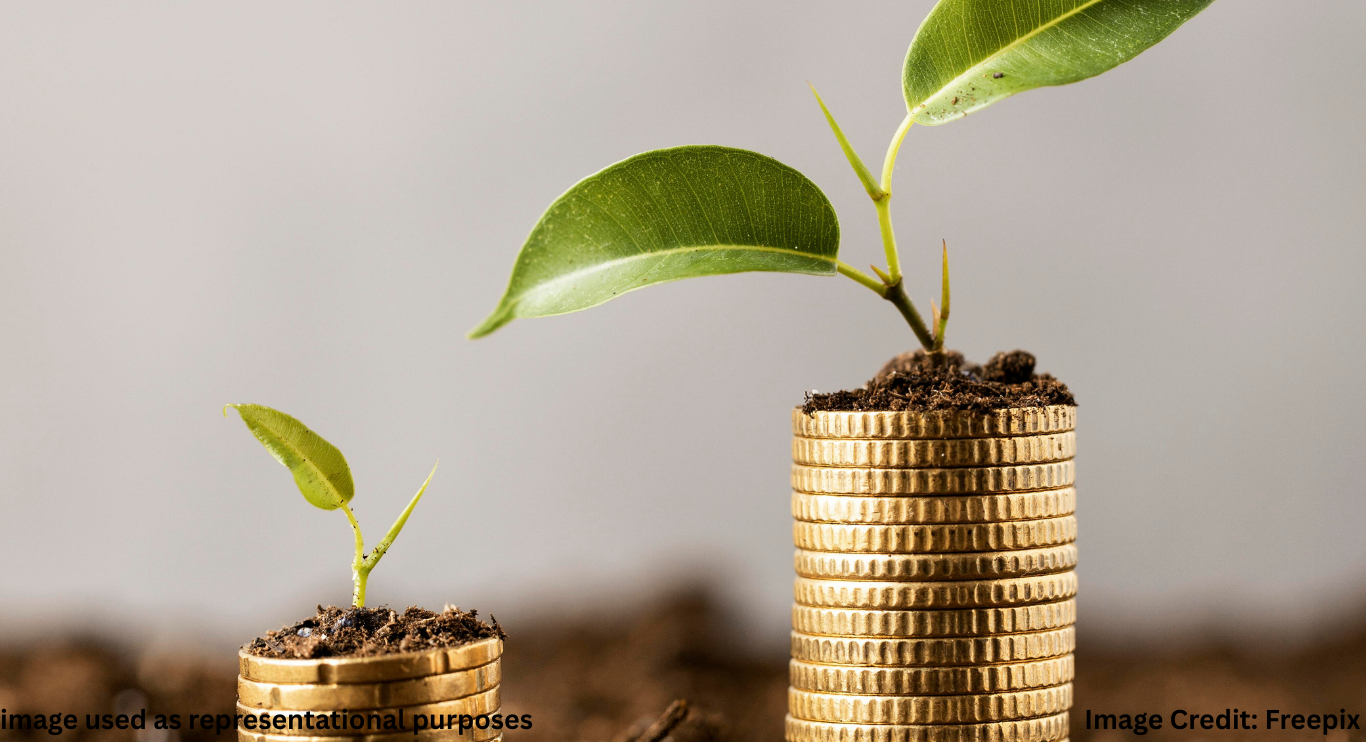
Chinese Households Trapped in Debt: The Financial Trap of a Saving Society
Once hailed as one of the world’s most financially disciplined populations, Chinese households now find themselves caught in a growing debt crisis. This transformation has left millions overwhelmed by bills, credit card payments, housing loans, and educational expenses, altering the nation’s financial identity.
How Did a Nation of Savers Become Debtors?
For decades, China cultivated a culture of thrift. Families traditionally saved money for education, healthcare, and housing rather than rely on credit. However, in the last two decades, things have changed rapidly. As the economy grew and real estate values surged, easy credit became more accessible. Encouraged by the state and lenders, individuals started spending beyond their means—often investing in property or businesses they couldn’t truly afford.
From Saving to Borrowing: The Psychological Shift
One reason for the surge in household borrowing is the social pressure to appear successful. Young couples borrow heavily to purchase homes before marriage, fearing they might miss out on appreciation. Parents take out loans to send their children to private schools. Credit is no longer seen as shameful; it’s seen as necessary.
The Real Estate Obsession and Its Fallout
China’s property market is central to this debt story. Home ownership is a symbol of stability and status. Developers marketed luxury apartments while the government encouraged buying homes as an investment. This created a bubble. When the real estate market started slowing, many were left with large mortgages on devalued homes.
Case Study: Li Ming’s Story
Li Ming, a 36-year-old engineer in Hangzhou, once believed owning two apartments would secure his family’s future. He took out loans to buy a second flat, only to watch its value drop 20%. Now, he pays two mortgages, supports his aging parents, and struggles to cover his daughter’s school fees. “I feel like I’m working for the bank,” he says.
Credit Cards and the Younger Generation
Younger Chinese are more comfortable with credit. E-commerce giants like Alibaba and JD.com offer “buy now, pay later” services, luring shoppers into a debt trap. Many millennials and Gen Z now carry balances on multiple credit lines. While they appear affluent, their finances tell a different story.
The Student Debt Crisis in China
Although less severe than in the U.S., China is now experiencing a rising wave of student debt. Private educational loans and tuition installment plans are growing. With jobs hard to come by after graduation, many young adults are defaulting before they even begin their careers.
The Social Stigma of Financial Struggle
Despite the mounting debt, talking about money problems remains taboo in many Chinese households. This silence exacerbates the issue. People keep borrowing, often from informal sources, to maintain appearances. Families often hide their financial issues, leading to stress, anxiety, and sometimes even tragic consequences.
Government Responses: Too Little, Too Late?
The Chinese government has recognized the issue and introduced regulations on lenders, especially online loan platforms. However, these changes may be too late for millions already buried in obligations. Financial literacy programs have begun, but without real wage growth or housing market stability, they have limited impact.
Debt Collection and Mental Health Impact
The rise of aggressive debt collectors has added a psychological burden. Stories of harassment, threats, and social shaming are increasingly common. Mental health professionals in cities report a spike in depression and anxiety linked to personal debt.
What Can Be Done? A Path Forward
Experts suggest that solutions must address both policy and culture. Measures could include:
- Stronger borrower protections and credit regulations
- Incentives for renting instead of home ownership
- Financial literacy education beginning in high school
- Support for struggling families, including debt relief or restructuring
Personal Accountability Meets Policy Reform
Chinese households must be encouraged to reassess their relationship with debt. At the same time, systemic changes are essential. Without balancing individual responsibility with structural reform, the debt trap may deepen.
A Nation at a Crossroads
The narrative of “Chinese households trapped in debt” is no longer hypothetical—it’s reality. The shift from disciplined saving to unchecked borrowing is one of the defining challenges of modern China. As the world watches China’s economic rise, the internal burden of household debt may quietly slow it down unless addressed decisively.
Hope on the Horizon
While the situation is critical, it’s not irreversible. Increased awareness, financial education, and realistic expectations can change the trend. As more people speak out and seek help, the path toward responsible borrowing and sustainable living might finally become mainstream in Chinese society.

Akalumhe Jefferson is a content writer with a new found interest for crafting engaging stories that transport readers to new worlds. Although no current actual background in creative writing but there’s active love for writing



